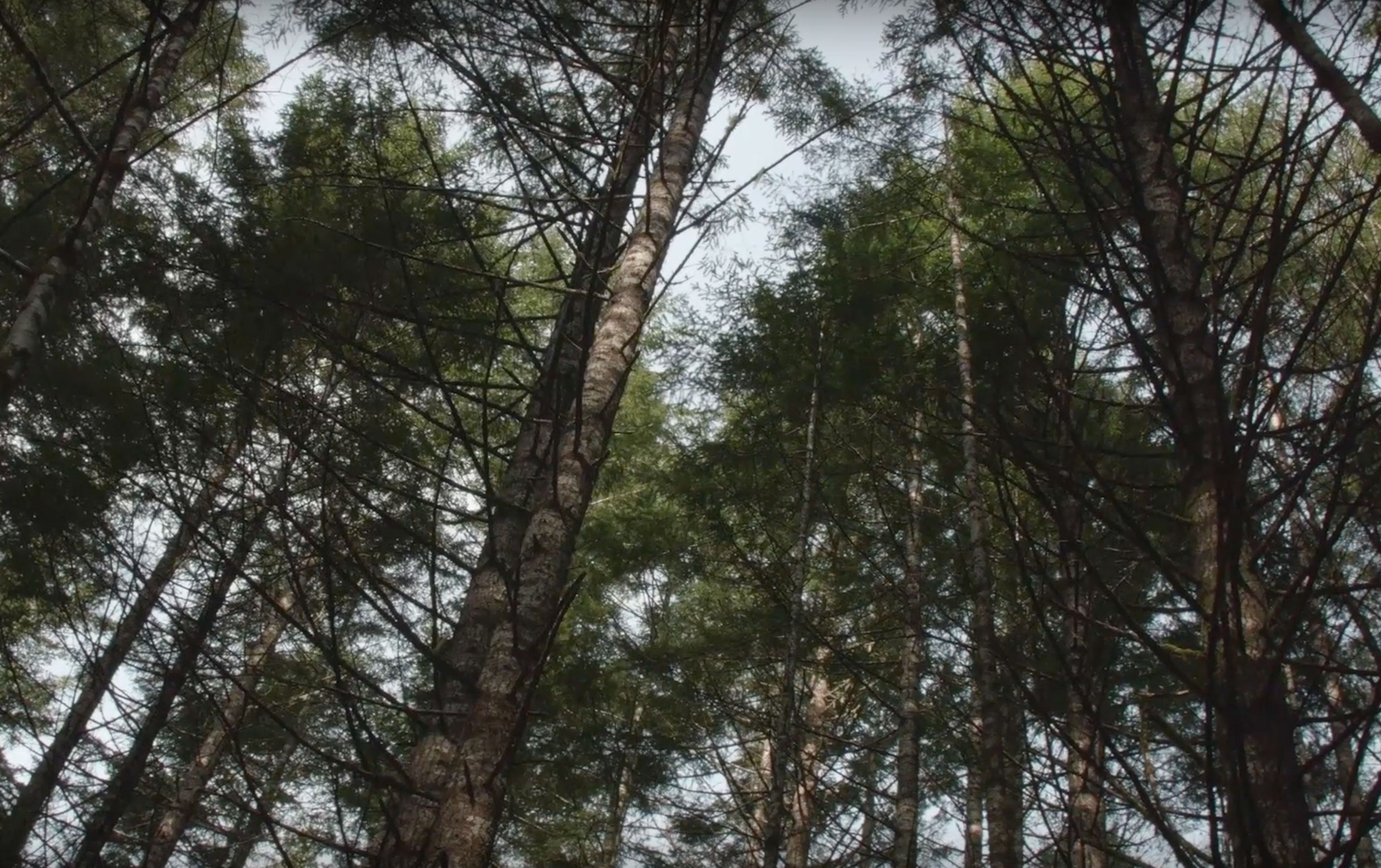Citizen science, like many broader impacts activities, is rewarding, but comes with its own set of challenges. Many researchers shirk at the idea of using inexperienced individuals as data collectors, knowing that the ways in which volunteers may approach the natural world can be vastly different from that of scientists, leading to skewed data and rendering activities useless.





